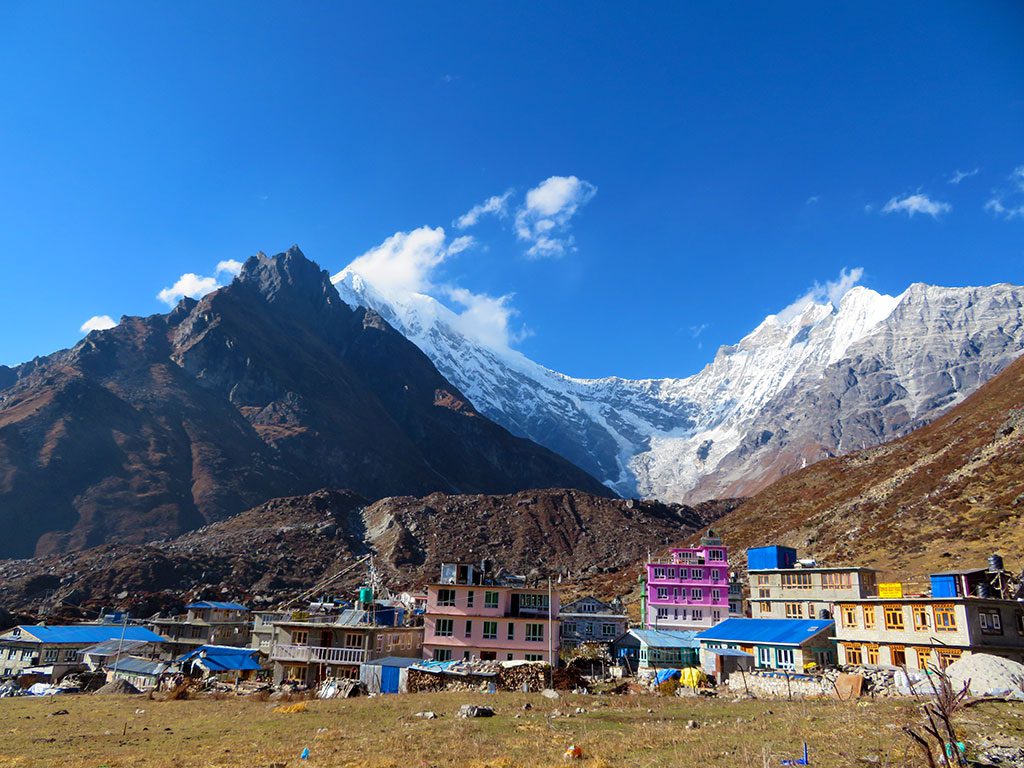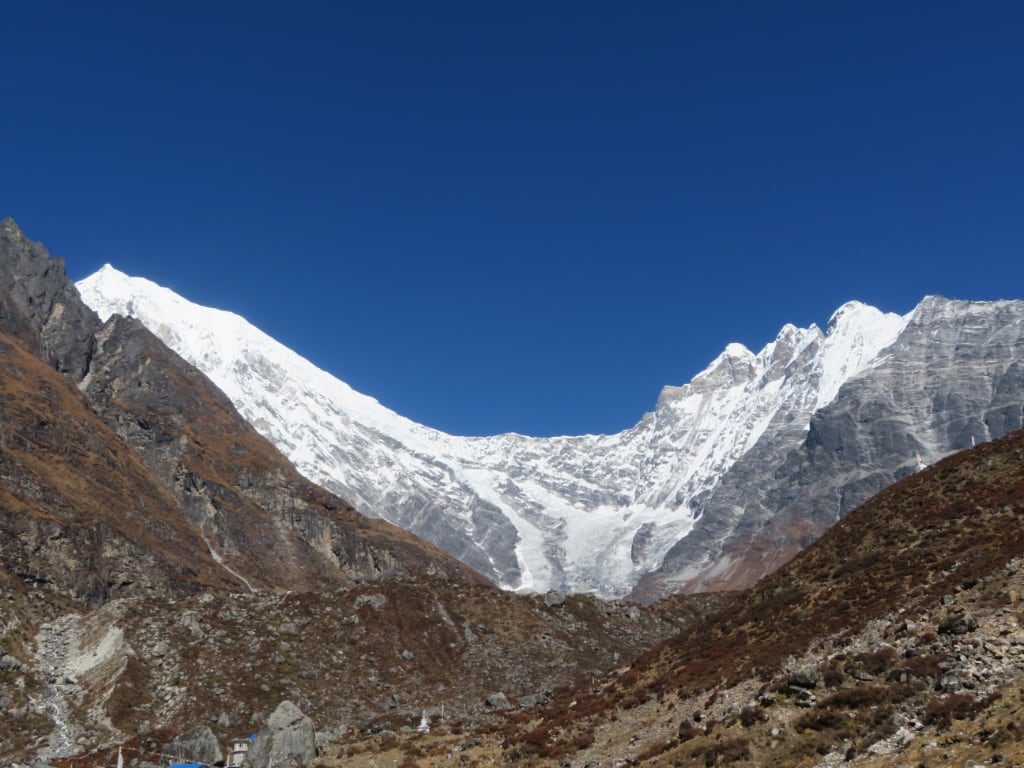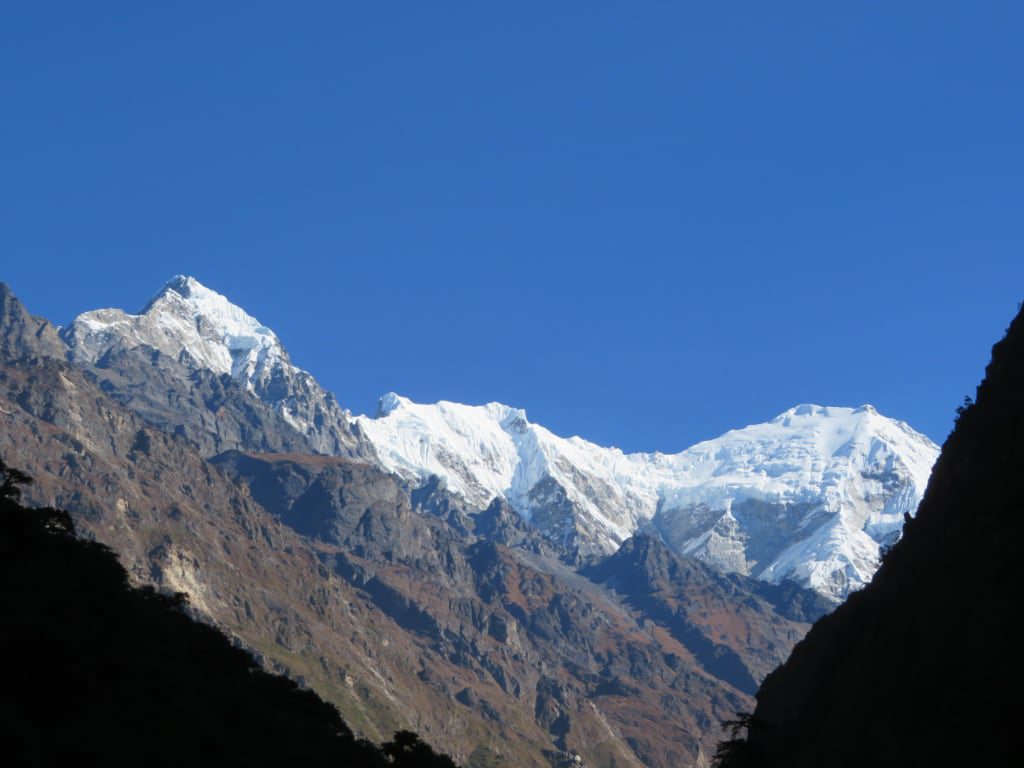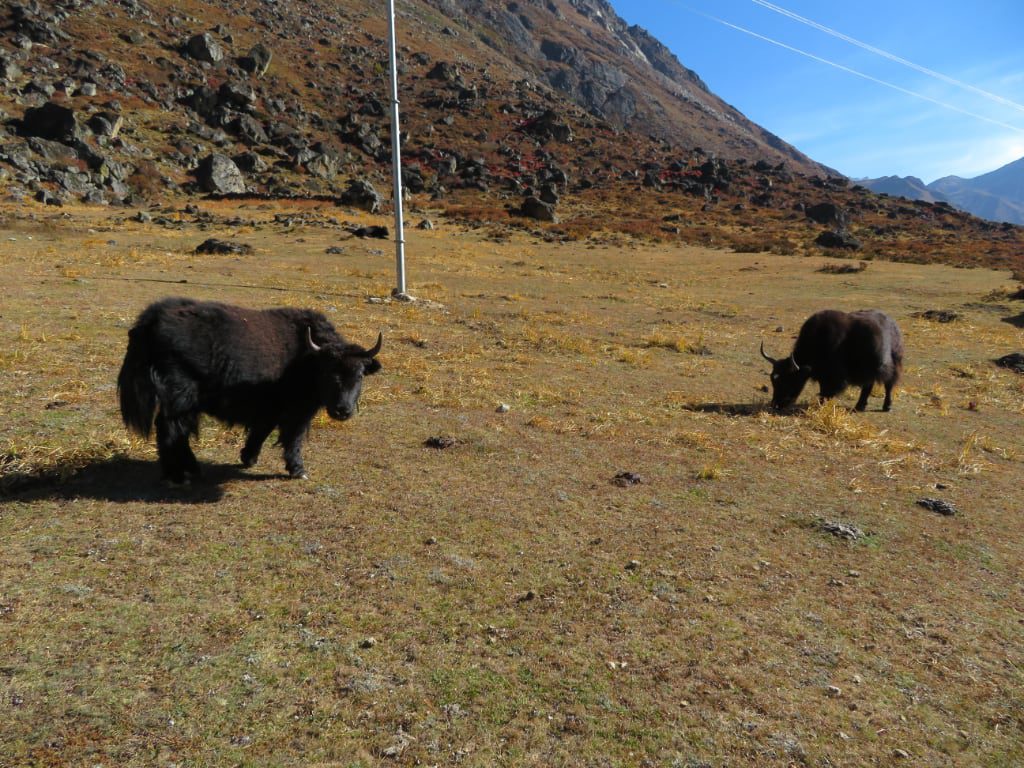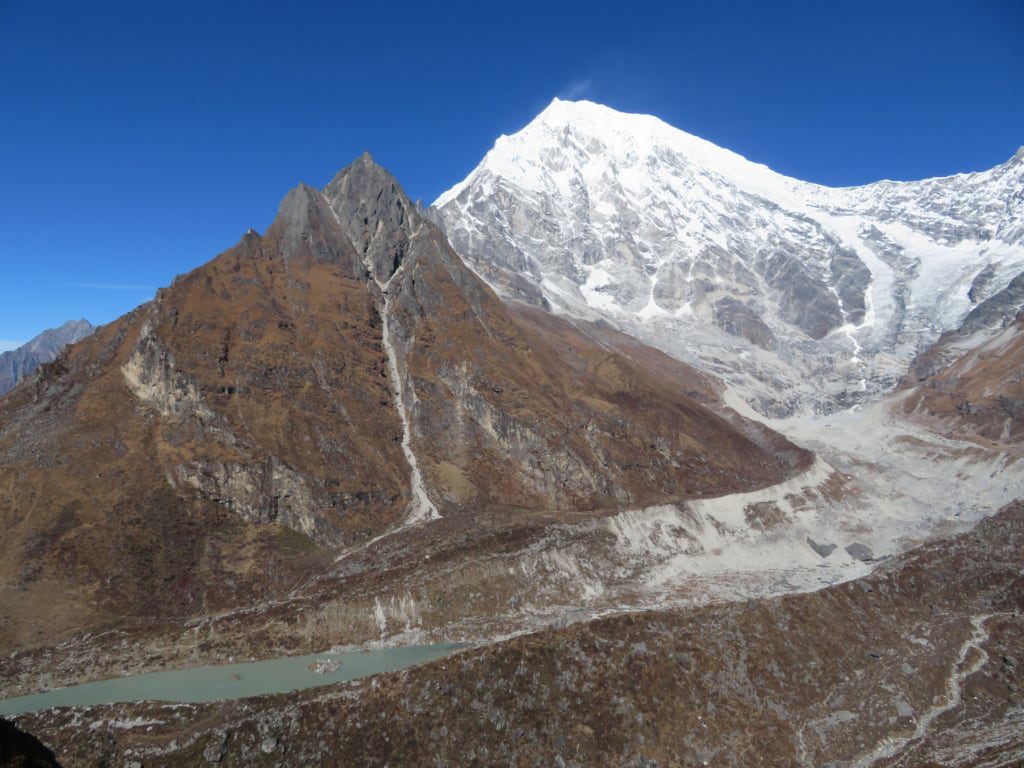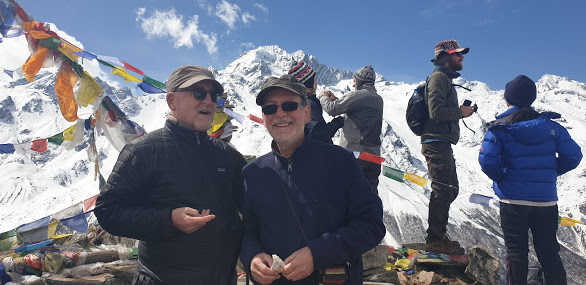Join Our Fixed Trip Starting Date
| TRIP DATES | PRICE | AVAILABILITY |
|---|
The Langtang Valley is a rich, forested and very beautiful alpine valley full of birds animals and rare plants situated up on the border with Tibet. The valley forms part of the Central Nepal Himalaya north of Kathmandu. A trek into this hidden valley is considered by people who have traveled there to be one of the most rewarding short treks in Nepal. Langtang is less visited than the other trekking regions due mainly to its remoteness. It offers a wilderness experience at its best, fantastic mountain views, fascinating people and a very rich deeply Buddhist Tamang culture. Trekking into the high valley takes you to the base of the Nepal Himalaya. You hike into “a high mountain feel” without it being too difficult. There is also an extensive glacier system to explore in the valley’s upper reaches
One highlight is the trek up Kyanjing Ri for a spectacular view of the Langtang range and other mountains that surround it. There is time on the trek to relax into local settlements and engage with local life. Langtang provides mountain wilderness at its best with a lot of wildlife and birdlife to enjoy along the way.
Himalaya Heart will look after you all the way. Our mountain guides have spent many years leading groups at high altitude and are well able to deal with any problems that may arise. Our teams are always well prepared, we provide our porters and support staff with excellent equipment for travel into the mountains. Your trip leader will be paying careful attention to all clients and staff, making sure everyone stays as comfortable as possible and has the best chance of attaining their goals and completing the trip successfully.
- Wonderful views of the mountains
- Adventure trekking through peaceful surroundings
- Exploring beautiful villages along the trail
- Hiking to Kyanjing Ri for a breathtaking view of the mountains
- Explore Buddhist cultural and spiritual wonders
- A vast array of bird and wildlife

 +977 9851093973 (Thakur)
+977 9851093973 (Thakur)